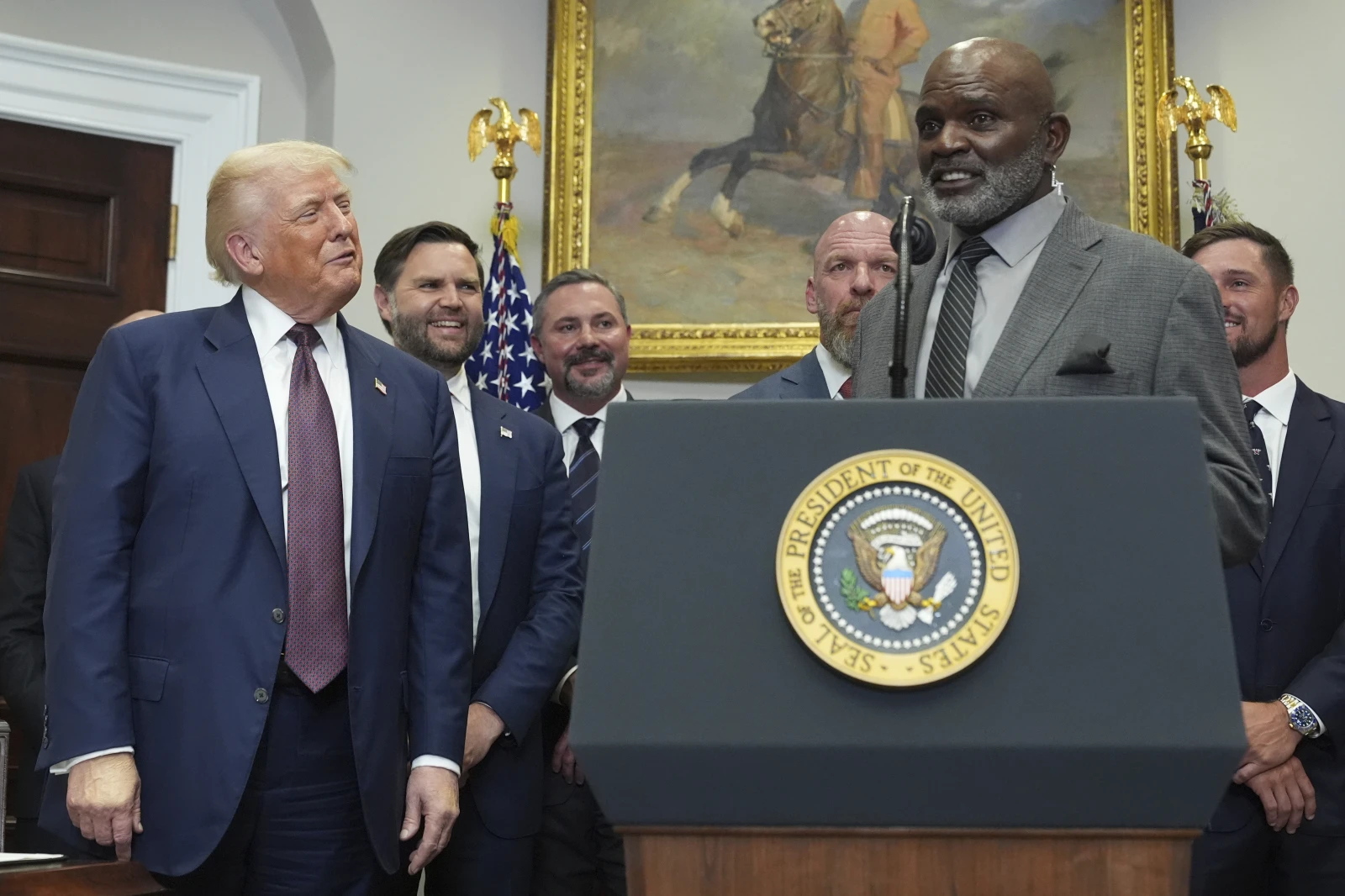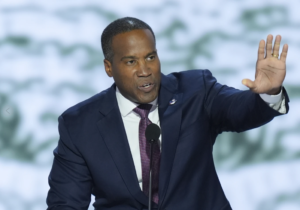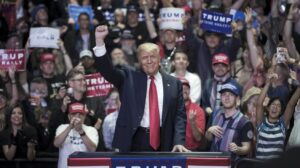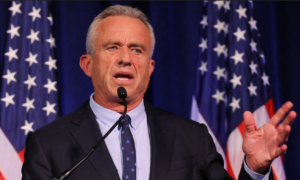Revived Presidential Fitness Test Champions Youth Health & Excellence
The Revived Presidential Fitness Test is making headlines once again. In a landmark move, President Donald Trump has reinstated this storied physical fitness program for schoolchildren and relaunched the President’s Council on Sports, Fitness & Nutrition. The announcement, delivered during a White House ceremony attended by high-profile athletes and public figures, underscores the administration’s drive to cultivate stronger, healthier, and more active younger generations. This revitalized initiative carries renewed promise in confronting obesity, bolstering military readiness, and cultivating a culture of excellence.
Renewing a National Tradition
President Trump’s action on July 31, 2025, formally restored the Presidential Fitness Test, a program first launched in the 1950s and widely adopted throughout public schools beginning in the 1960s. The test once measured youth fitness through events like the one‑mile run, pull‑ups or push‑ups, sit‑ups, and flexibility stretching—all aimed at encouraging physical endurance and athleticism. It fell out of use in 2012, when the Obama administration replaced it with a more individualized and health‑focused Presidential Youth Fitness Program.
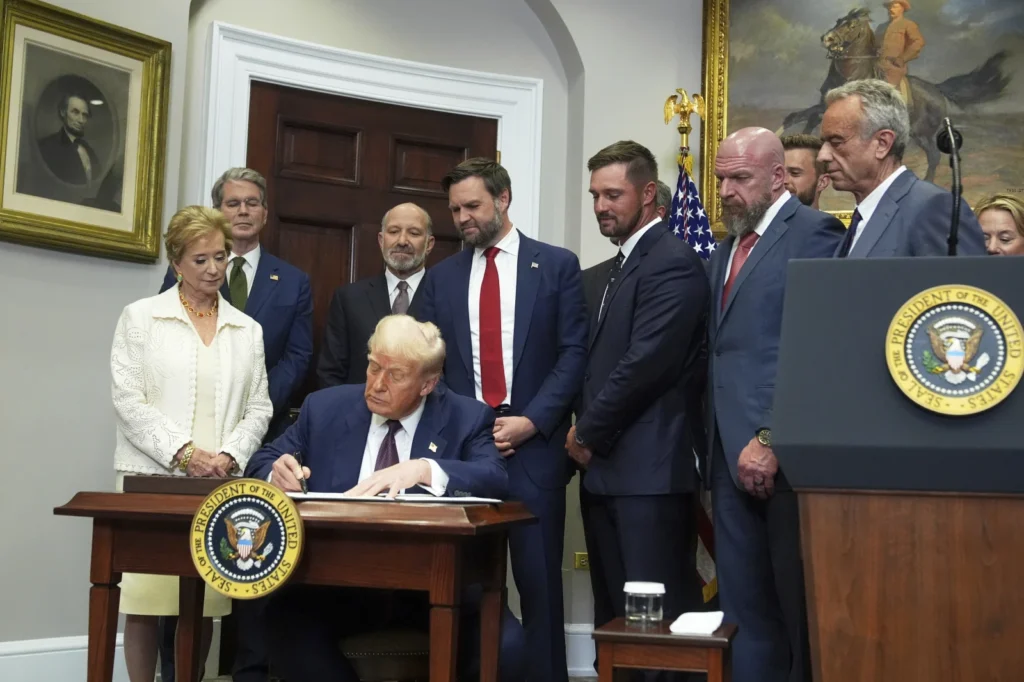
At a White House event, Trump emphasized tradition and transformation, calling the test “a wonderful tradition” that is now “bringing it back” to inspire youth fitness and wellbeing. Press Secretary Karoline Leavitt stressed that the initiative aims to ensure America’s future generations are “strong, healthy, and successful,” anchored in a culture emphasizing active lifestyles and physical vigor.
Institutional Infrastructure: Council & Awards
Beyond reviving the fitness test, the executive action also reactivates the President’s Council on Sports, Fitness & Nutrition, to be led by Health and Human Services Secretary Robert F. Kennedy Jr. The council will create school‑based programs, define criteria for a new Presidential Fitness Award, and foster collaboration among schools, athletes, and community leaders.
This move connects the program to broader goals—addressing rising childhood obesity and chronic disease, enhancing military preparedness, and reinforcing national morale through sports and fitness. It also reflects a strategic revival of Eisenhower-era roots, as the original Youth Fitness Council began amid Cold War anxieties about national strength and global competition.
Star-Powered Launch and Public Response
The relaunch event drew significant media attention, partly because of the presence of well-known sports figures. Golf star Bryson DeChambeau, WWE executive Triple H, and others attended as Trump signed the executive order in the Roosevelt Room. DeChambeau has been selected to help lead the newly reconstituted council.
However, not all guests were uncontroversial: former NFL linebacker Lawrence Taylor—whose legal record includes serious concerns—was also present, drawing public scrutiny. Though supporters praised the event as energizing and influential, critics raised questions about inclusion, fairness, and the appropriateness of returning to a performance-based model in education.
Historical Context & Program Evolution
The Presidential Fitness Test began under President Eisenhower’s 1956 directive, gaining momentum under Kennedy and Johnson as a measure of youth physical preparedness and national wellness. Over the years, it became a hallmark of American school physical education, though concerns grew that it promoted unhealthy competition and ignored broader health needs.
In 2012, recognizing flaws in metric-focused fitness testing, the Obama administration introduced the Presidential Youth Fitness Program, emphasizing science-based wellness, personal progress, and inclusivity over ranking top performers. Today’s revival marks a notable shift—bringing back assessment-based achievement while promising updates that draw from both traditions.
A Balanced Critique: Pros & Pitfalls
This relaunch strikes at the heart of an important debate. On the one hand, reintroducing a structured fitness test could renew attention to physical education, motivate students, and provide clear benchmarks and recognition for effort and excellence. The promise of a National Fitness Award and council-led programs may enhance school PE resources and inspire community partnerships.
On the other hand, there are legitimate concerns. A renewed focus on performance could alienate students who struggle with fitness, echoing past criticisms of humiliation or exclusion in PE classes. Further, the involvement of controversial figures in the launch event raises questions about symbolism versus substance. Careful implementation will be crucial to ensure that this program uplifts and encourages all students—not just the physically gifted.
Looking Ahead: Goals and Opportunities
Going forward, successful implementation depends on design, flexibility, and inclusivity. The Council must provide practical guidance, adaptable test formats, and supportive resources that align with the modern understanding of youth health. Partnerships with athletes and fitness leaders can bring visibility—but must be backed by evidence-based curriculum and educator training.
Should the program achieve its aims, the benefits could be wide-ranging: healthier children, more active communities, improved academic and physical outcomes, and a refreshed sense of national purpose through physical readiness. But balancing tradition with modern educational values is key if this revival is to become genuinely meaningful and equitable.
Conclusion
President Trump’s reinstatement of the Presidential Fitness Test and revitalization of the President’s Council on Sports, Fitness & Nutrition represent a dramatic return to a once‑cherished educational tradition. Framed as a powerful strategy to bolster youth wellbeing and national vitality, the initiative offers renewed energy around fitness, healthy lifestyles, and student recognition.
Whether this reimagined program propels American schoolchildren into healthier futures—or risks reinforcing narrow metrics—will depend on thoughtful, inclusive execution. With strong leadership, evidence-informed design, and a spirit of encouragement rather than exclusion, this revival has real potential to elevate physical education nationwide. The White House
Subscribe to trusted news sites like USnewsSphere.com for continuous updates.


